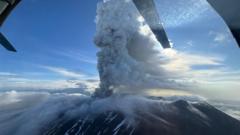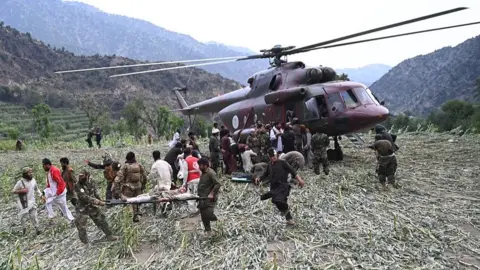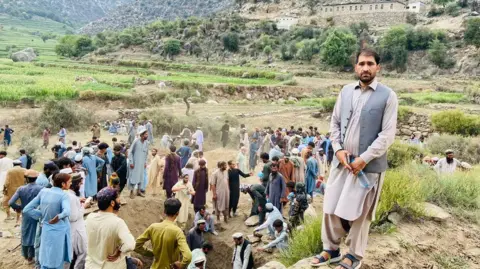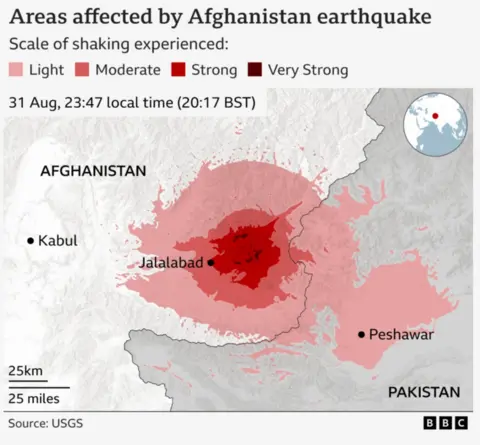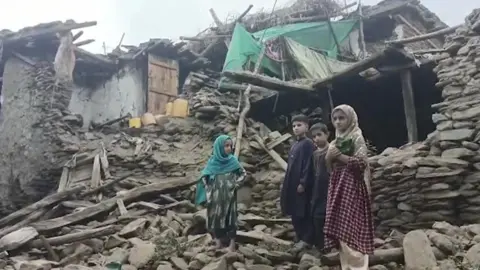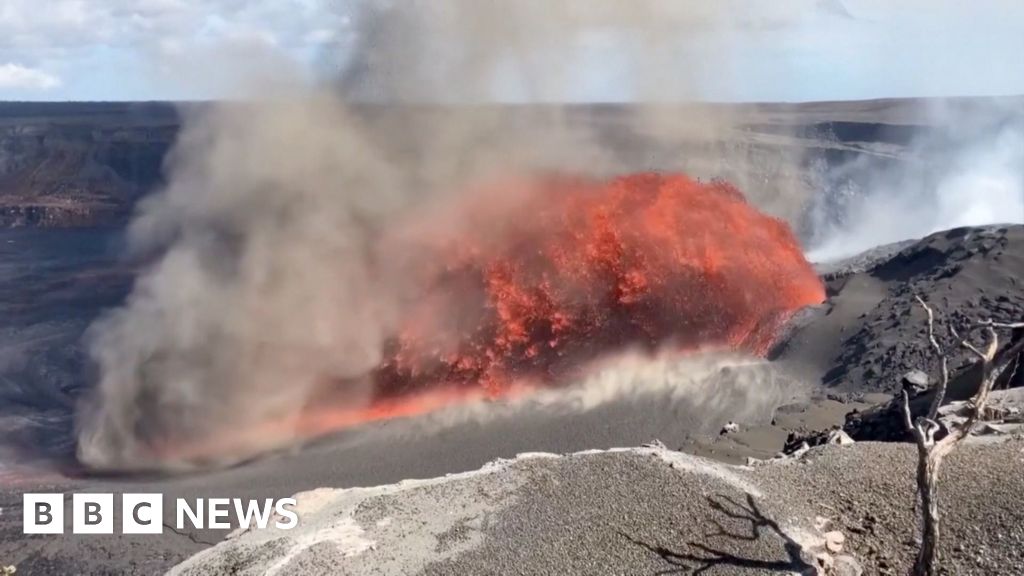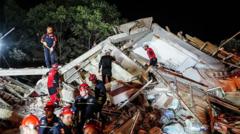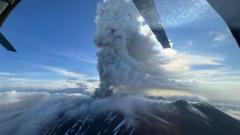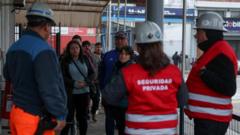The Krasheninnikov Volcano in Kamchatka, far eastern Russia, has erupted for the first time in over 500 years, spewing an ash plume that reached six kilometers (approximately 3.7 miles) into the atmosphere. This significant eruption has been linked to a series of recent earthquakes in the region, particularly last week's powerful 8.8 magnitude quake which had already caused tsunami warnings across vast distances, including areas as far as French Polynesia and Chile.
The Russian emergency ministry confirmed that there is currently no threat to populated regions from the volcanic activity. However, just hours after the volcanic eruption, another strong earthquake, registering at 7.0 magnitude, struck the Kuril Islands, prompting warnings of potential tsunami waves measuring up to 18 centimeters (7 inches). The emergency ministry has advised residents in three coastal areas of Kamchatka to stay clear of the shore in light of the seismic activity, even with the modest wave heights.
Olga Girina, the head of the Kamchatka Volcanic Eruption Response Team, noted that the last confirmed eruption of the Krasheninnikov Volcano occurred in the 15th century. She elaborated that both the eruption and the earthquake could be interconnected, stemming from tectonic activity triggered by the recent series of seismic events. The Kamchatka Peninsula, known for its rugged landscapes and volcanic activity, is situated in the "Pacific Ring of Fire," an area recognized for its frequent earthquakes and volcanic eruptions.
Scientists and experts have cautioned that following last Wednesday's earthquake, which was among the strongest recorded in the area, the potential for aftershocks remains elevated for several weeks. As authorities continue to monitor the situation, the public remains alert but is currently advised of low immediate risks resulting from the latest seismic activities.
The Russian emergency ministry confirmed that there is currently no threat to populated regions from the volcanic activity. However, just hours after the volcanic eruption, another strong earthquake, registering at 7.0 magnitude, struck the Kuril Islands, prompting warnings of potential tsunami waves measuring up to 18 centimeters (7 inches). The emergency ministry has advised residents in three coastal areas of Kamchatka to stay clear of the shore in light of the seismic activity, even with the modest wave heights.
Olga Girina, the head of the Kamchatka Volcanic Eruption Response Team, noted that the last confirmed eruption of the Krasheninnikov Volcano occurred in the 15th century. She elaborated that both the eruption and the earthquake could be interconnected, stemming from tectonic activity triggered by the recent series of seismic events. The Kamchatka Peninsula, known for its rugged landscapes and volcanic activity, is situated in the "Pacific Ring of Fire," an area recognized for its frequent earthquakes and volcanic eruptions.
Scientists and experts have cautioned that following last Wednesday's earthquake, which was among the strongest recorded in the area, the potential for aftershocks remains elevated for several weeks. As authorities continue to monitor the situation, the public remains alert but is currently advised of low immediate risks resulting from the latest seismic activities.

